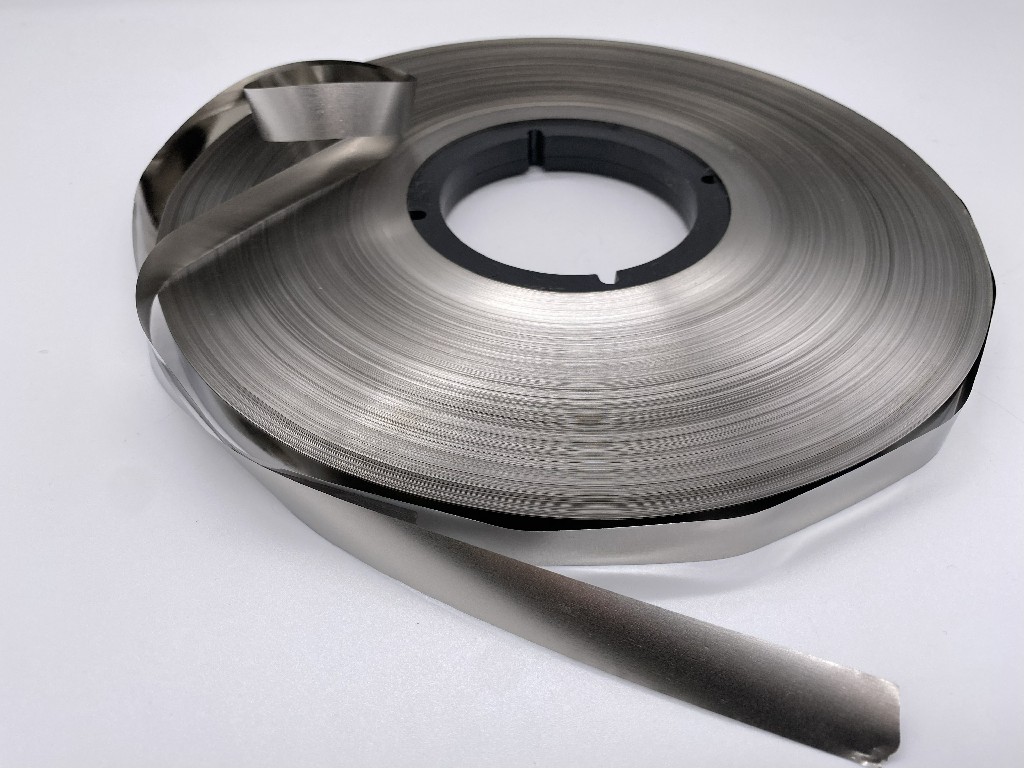Better Touch Better Business
Contact Sales at TRANSMART.
Composition: Iron is the main element, and a small amount of Nb, Cu, Si, and B are added to the alloy to form an amorphous material through a rapid solidification process. After heat treatment, microcrystals with a diameter of 10-20nm are obtained, which are dispersed on the amorphous matrix and are called microcrystalline and nanocrystalline materials.
Performance: It has excellent comprehensive magnetic properties, high saturation magnetic induction, high initial permeability, low Hc, low high frequency loss under high magnetic induction, and higher resistivity than permalloy. After longitudinal or transverse magnetic field treatment, high or low Br values can be obtained. It is a material with good comprehensive performance currently on the market.
Application: Widely used in high-power switching power supplies, inverter power supplies, magnetic amplifiers, high-frequency transformers, high-frequency converters, high-frequency choke cores, current transformer cores, leakage protection switches, common-mode inductor cores.

In recent years, the emergence of iron-based nanocrystalline alloys has added an excellent core material for common mode inductors. The manufacturing process of the iron-based nanocrystalline alloy is as follows: firstly, a thin amorphous alloy strip with a thickness of about 20-30 microns is made by rapid solidification technology, and then it is wound into an iron core and further processed to form nanocrystals. Compared with ferrite, nanocrystalline alloys have some unique advantages:
High saturation magnetic induction intensity:
The iron-based nanocrystalline alloy has a Bs of 1.2T, which is more than twice that of ferrite. As a common mode inductor core, an important principle is that the core cannot be magnetized to saturation, otherwise the inductance will decrease sharply. However, in practical applications, there are many occasions where the interference intensity is relatively high (such as high-power variable frequency motors). If ordinary ferrite is used as a common mode inductor, the iron core may be saturated, and it cannot be guaranteed under high-intensity interference. Noise suppression effect. Due to the high saturation magnetic induction intensity of the nanocrystalline alloy, its anti-saturation characteristic is undoubtedly better than that of ferrite, making the nanocrystalline alloy very suitable for occasions that resist large current and strong interference.
High initial permeability:
The initial permeability of nanocrystalline alloy can reach 100,000, which is much higher than ferrite. Therefore, the common mode inductor made of nanocrystalline alloy has large impedance and insertion loss under low magnetic field, and has excellent suppression of weak interference. effect. This is especially suitable for anti-weak interference common mode filters that require extremely small leakage currents. In some special occasions (such as medical equipment), the equipment causes leakage current through the capacitance to the ground (such as the human body), which is easy to form common mode interference, and the equipment itself has very strict requirements on this. At this time, the use of high permeability nanocrystalline alloys to manufacture common mode inductors may be an option. In addition, the high magnetic permeability of the nanocrystalline alloy can reduce the number of coil turns and reduce the distribution parameters such as parasitic capacitance, thereby increasing the resonance peak frequency on the insertion loss spectrum caused by the distribution parameters. At the same time, the high permeability of the nanocrystalline iron core makes the common mode inductor have a higher inductance and impedance value, or the volume of the iron core is reduced under the premise of the same inductance.
Excellent temperature stability:
The Curie temperature of iron-based nanocrystalline alloys is as high as 570oC. In the case of large temperature fluctuations, the performance change rate of the nanocrystalline alloy is significantly lower than that of ferrite, with excellent stability, and the performance change is close to linear. Generally, in the temperature range of -50oC-130oC, the change rate of the main magnetic properties of the nanocrystalline alloy is within 10%. In contrast, the Curie temperature of ferrite is generally below 250oC, and the rate of change in magnetic properties sometimes reaches more than 90%, and it is nonlinear and difficult to compensate. The temperature stability of nanocrystalline alloys combined with its unique low-loss characteristics provides device designers with relaxed temperature conditions. And Figure 3 shows the temperature characteristics of the saturation magnetic flux density of different materials.
Flexible frequency characteristics:
Through different manufacturing processes, the nanocrystalline iron core can obtain different frequency characteristics, and with the appropriate number of coil turns, different impedance characteristics can be obtained to meet the filtering requirements of different bands, and its impedance value is much higher than that of ferrite. It should be pointed out that no filter can be expected to use one core material to achieve noise suppression in the entire frequency range. Instead, different core materials, sizes, and turns should be selected according to the filter frequency band required by the filter. Compared with ferrite, nanocrystalline alloys can be more flexible to obtain the required frequency characteristics by adjusting the process.
Since the development of Fe based nanocrystalline alloys in the late 1980s, they have been widely used in switching power supply transformers, transformers and other fields. Due to the advantages of high permeability, high saturation magnetic induction and flexible and adjustable frequency characteristics, nanocrystalline alloys have attracted more and more attention in the field of anti common mode interference filters. There are iron-based nanocrystalline alloy common mode inductor cores that can be supplied in large quantities abroad. With the gradual deepening of people's understanding of nanocrystalline alloys, it can be expected that the common mode inductors manufactured by them will have more and more broad application prospects in China.
Copyright © 2025 TRANSMART INDUSTRIAL LIMITED | All Rights Reserved
Hello, please leave your name and email here before chat online so that we won't miss your message and contact you smoothly.